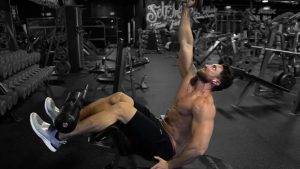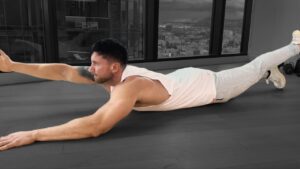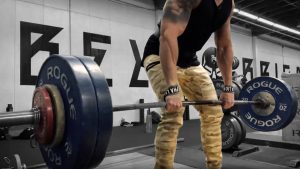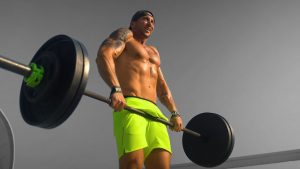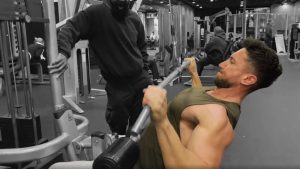It's the most popular exercise at the gym. Yet, it's not as effective as you might think — especially if your goal is to build strength and muscle mass. The traditional bench press is one of the most commonly recommended exercises for chest-building, but its popularity may lie in its ability to boost our ego rather than build our chest muscles.
When people think of chest workouts, a few things come to mind: the barbell bench press, dumbbell flyes, dumbbell decline presses, and cable crossovers. However, there's one exercise that's overlooked by many lifters – particularly those looking to add mass to their pecs.
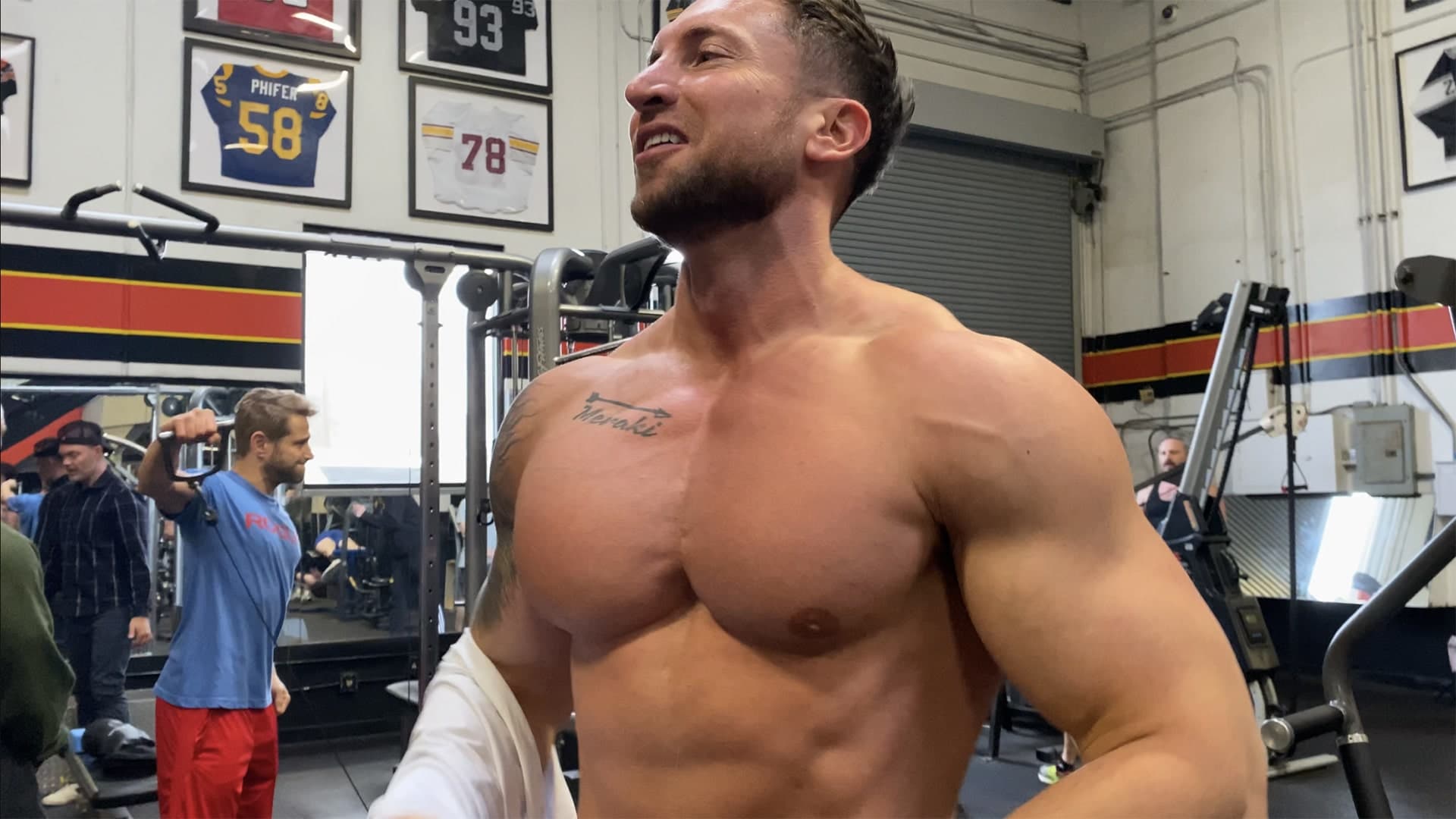
When it comes to bench press, dumbbells are better than a barbell. Doing dumbbell bench presses allows you to move your arms independently of each other, thus increasing the range of motion and hitting your pecs from different angles. This means you can hit more of your pecs muscles, instead of relying on your stronger side. Dumbbells also work other important muscles, like the triceps — so your arms don't get lopsided and unbalanced.
How To Do A Dumbbell Bench Press
The first step to doing a dumbbell bench press is to load the weights. For light to moderate weight, it's ideal to have a friend hand you the weights once already lay down on the bench. If that's impractical, you can load them from the floor to your knees.
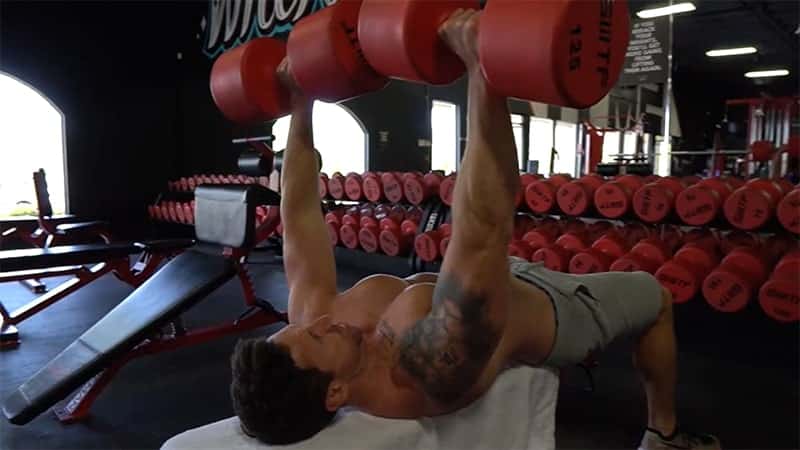
When you lie down on a bench, it's important to squeeze your shoulder blades together. For this reason, it's necessary to keep your feet actively pressed against the ground so that more muscles will be engaged during the lift. With your back acting as the base of this lift, you can tense your back muscles by squeezing your shoulder blades together.
You don't want to launch one too hard and risk hitting your head! Start by holding the dumbbells over your chest, with arms fully extended.
When you think of the back as the base of this exercise, you can really engage your lats. By tensing your scapulas and pulling them together, you're engaging the back muscles and preparing to lift the weight up. This will engage more muscles in your body to help with the lift.
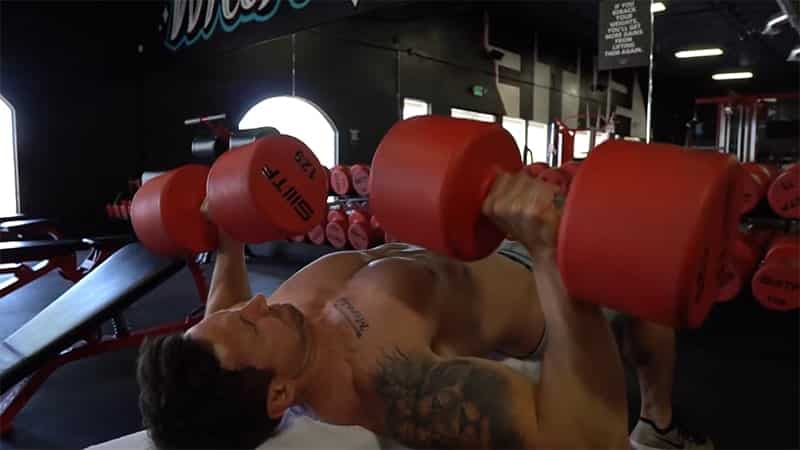
While keeping a slight bend in your elbows, slowly lower the dumbbells in front of your body. Be sure to keep the weights close to the center of your body. At the bottom of the dumbbell press, the weights should be directly below your upper chest.
Your goal is to keep the dumbbells floating in a specific pressing path. Move them in a straight line from your shoulders to your chest. Don't let the weights move out of that path, or you risk damaging your muscles and ligaments. Lower the weights until the ends of the dumbbells are just above your shoulders.
Benefits Of The Dumbbell Bench Press
Though using a barbell might be the more traditional choice, there are several reasons why dumbbells are becoming more popular. Many believe that working out with dumbbells provides a greater range of motion than using a barbell, and this means that you can target your pecs more effectively during the exercise.
The bench press is the king of upper-body exercises for a reason: it builds strength and muscle mass in your chest, shoulders, and arms. Here are just a few benefits to this dumbbell exercise.
More Natural Grip
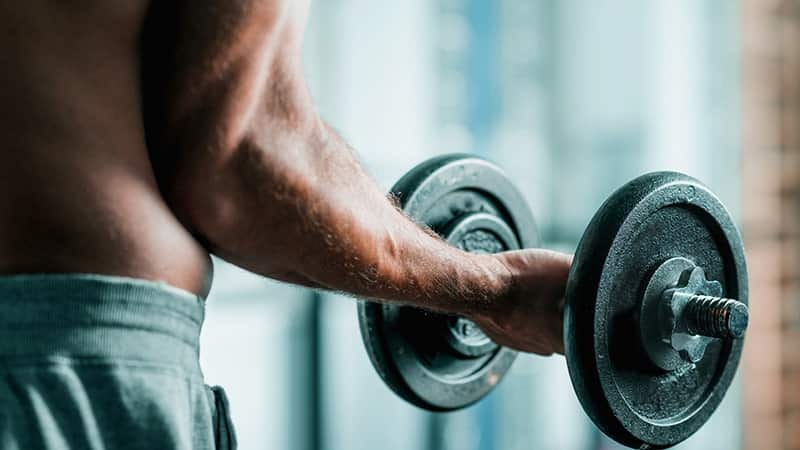
For people who have previously experienced shoulder injuries, dumbbells might be the ultimate training tool. Unlike a barbell, dumbbells allow your arms to move through a greater range of motion — letting you grab the weights with a more natural grip and letting your elbows flare outward.
You can take your dumbbells with you anywhere and work out when you find the time. The versatility of the dumbbell comes into play here again as you can go fully neutral with your grip (palms facing each other as you grip the dumbbells), and with elbows tucked in to emphasize the triceps, offering an alternative to the close grip standard barbell bench.
Less Risk Of Injury
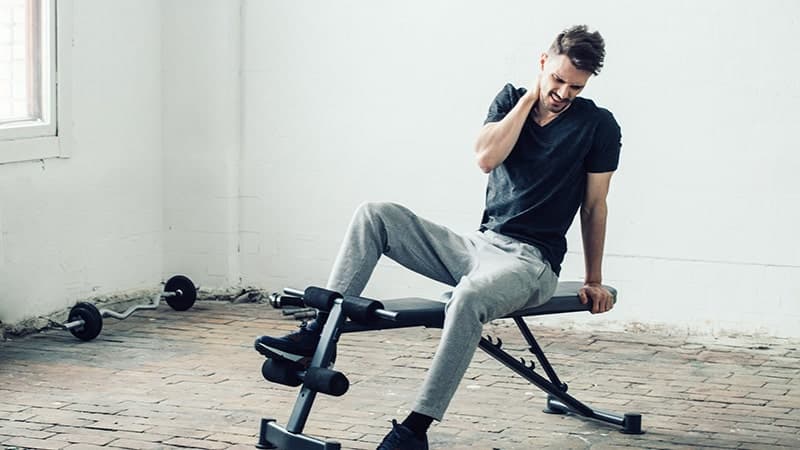
Safety is always paramount when lifting weights. With a lighter weight, you're free to move around without feeling constrained by a barbell on your back. If you fail a rep without a spotter, getting the weight off of your chest is much easier with dumbbells than it is with a barbell.
For those who want to push themselves to the point of failure, but don't have the option of a spotter, dumbbells are where it is at. Typically you'll be doing less weight with dumbbells because of that increased freedom of movement.
Harder To Cheat
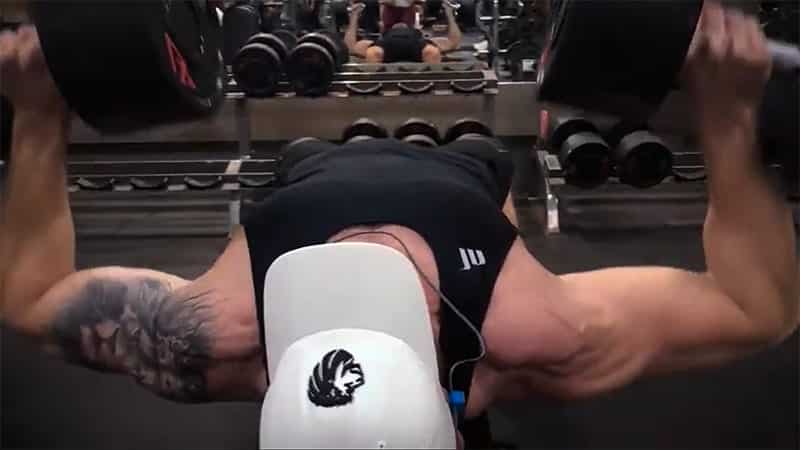
While you will have to lower the weight you're lifting with the dumbbells, you'll find that you are training the muscles more so than you would when using the bench press.
After all, you lose some of the leg drive that is inherent in a good bench, and the back arching that shortens the lift — both of which give you an advantage. Instead, with dumbbells, you are training the muscles and not so much the movement.
Complete Muscle Activation
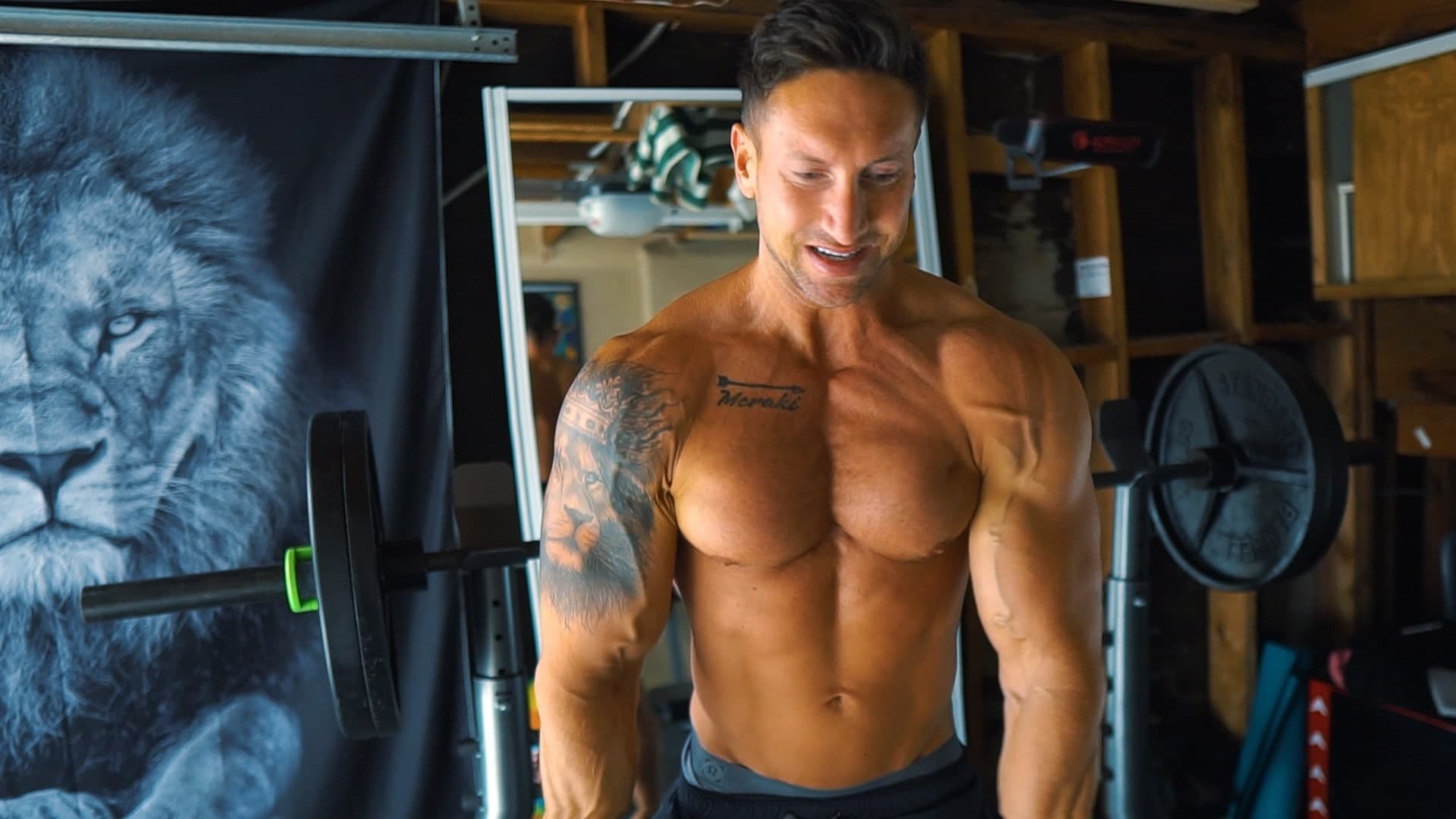
Most importantly for those who hit the bench purely to get jacked, the muscle activation in the chest (the target muscle) is no different than doing bench with a barbell. The amount of time the target muscles the pectoralis major and anterior deltoid are activated is also not statistically significant between the DB and BB bench, whereas the dumbbell fly lagged, relegating it to a secondary lift.
Enhanced Bicep Training

A study has shown, based on electromyography readings, that the biceps brachii is highly active when dumbbells are used during bench press exercises. The reason for this could include the instability of the exercise- a key factor in muscle recruitment.
Each exercise required more stability than the last, leading to increased muscle activation in the biceps brachii and other muscles.
Better Range Of Motion Than The Barbell Bench Press
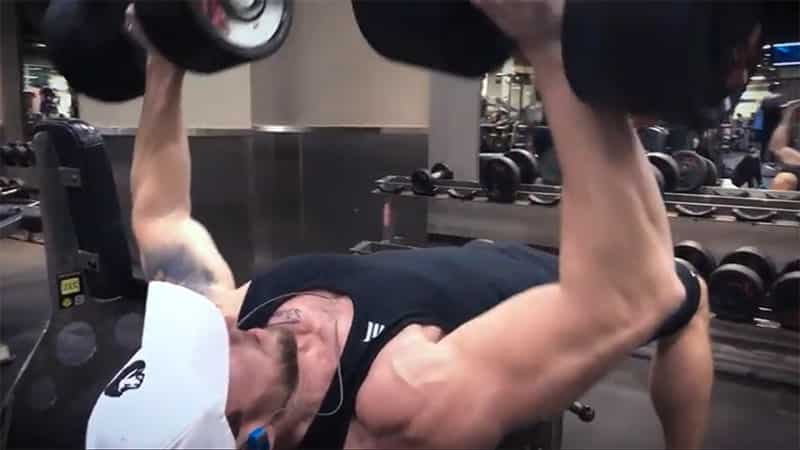
Barbells are great, but dumbbells do certain things better, including taking your muscles farther through a longer range of motion. This extra damage not only results in more growth, but it also makes the exercise more joint-friendly.
The flat bench press is a classic lift, but because there is no barbell anchored to your chest, you have more range of motion than you would with a barbell. This means that your chest gets more stretch, which means more muscle damage and thus bigger gains.
Improved Stability
The dumbbell bench press is just as effective as the barbell version because each arm can be worked independently, much like a single leg squat. The built-in instability of the dumbbell bench press challenges your muscles to fire more rapidly, strengthening joint stability and overall balance in the process.
Greater Strength
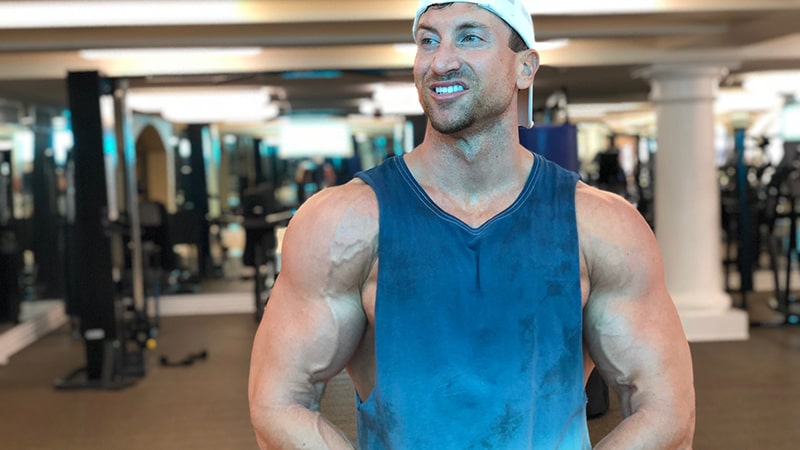
Performance athletes choose weight lifting over bodybuilding because they want to develop strength rather than size. For strength building, athletes should use heavier weights for lower reps. Tempos and ranges of motion can remain similar to hypertrophy training, although some positions might benefit from slow rep speeds and slower ranges of motion. To start, try three to five sets of five to eight reps using a very heavy load. Rest 90 seconds between sets.
More Endurance
Lifters who want to build muscle endurance should aim for between 20 and 30 repetitions in a set, with 2 to 3 minutes of rest between each set. This is a great way to build muscular endurance for sports that involve short bursts of force with little time for recovery, like football or basketball.
Muscles Worked By The Dumbbell Bench Press
The dumbbell bench press is an extremely effective movement for increasing upper body strength and muscle mass for both aesthetics and performance. Below are the key muscles stressed during the dumbbell bench press.
Pecs
The chest is the primary muscle group activated during the dumbbell bench press. With dumbbells, many lifters find that they can engage in a greater range of motion during the eccentric aspect of the lift. This lengthens and stretches the muscles in a way that isn't present during a barbell bench press.
Triceps
In the bench press, the triceps are critical for two things. The first is to stabilize the elbows during the initial descent of the dumbbells. Without stable elbows, there would be no way to press the dumbbells up. The second function of the triceps is to extend the elbows in a lockout at the top of the bench press movement.
Shoulders
The shoulders, or deltoids, have three separate muscles — the anterior (front), middle, and posterior (back). However, the primary movers are the anterior deltoid and the medial deltoid, which function to adduct (bring towards midline) and abduct (move away from the midline) the humerus (upper arm), and are most active during pressing movements like the bench press.

